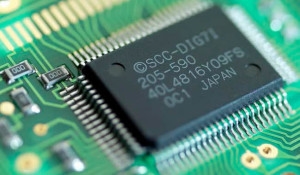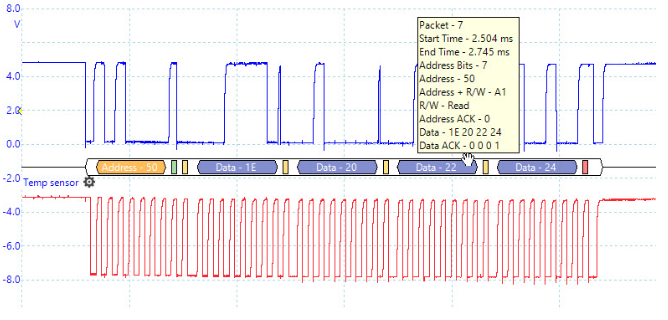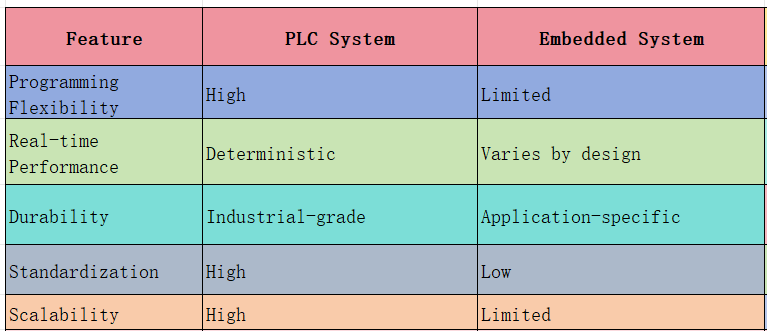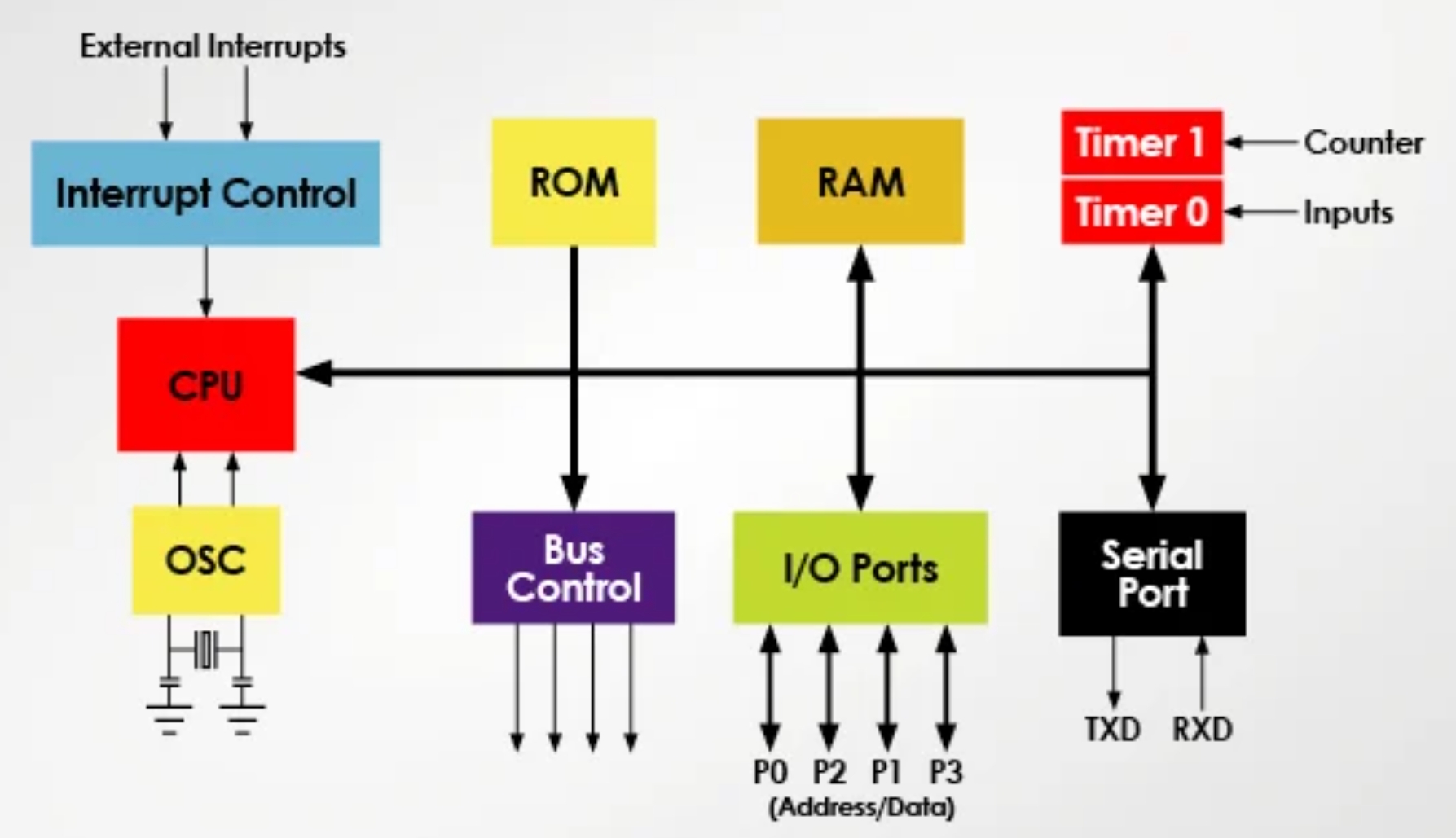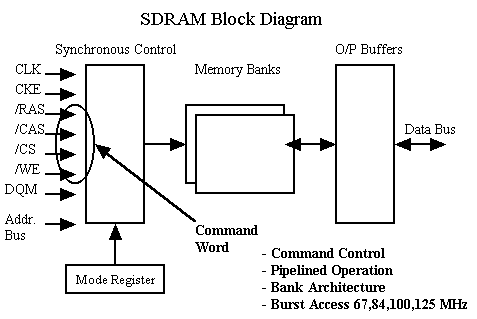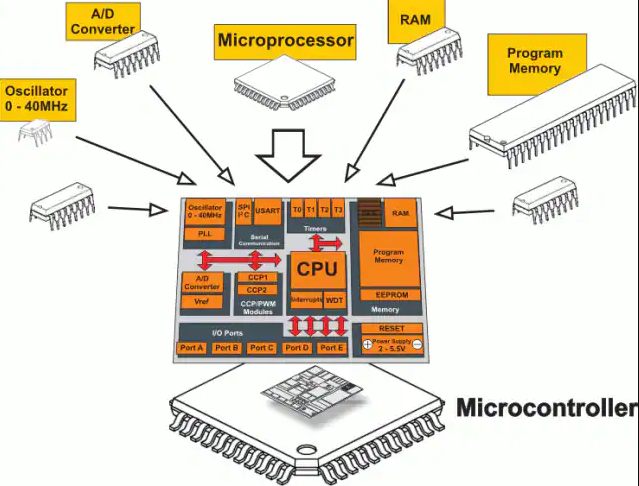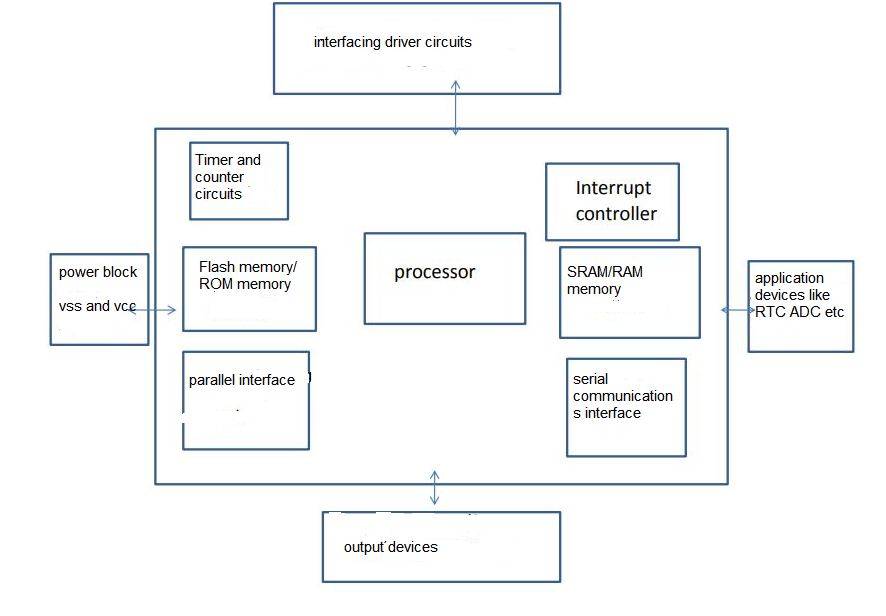
An embedded system is a computer system specifically designed to perform dedicated functions. It is typically integrated into other devices or systems to provide control or specific functionality. Embedded systems are generally compact, efficient, and low-power, capable of operating in resource-constrained environments and responding to external events in real time.
Common Applications
Embedded systems are used across many fields, including consumer electronics (such as smartphones and digital cameras), home appliances (for example, washing machines and microwave ovens), automotive electronics, aerospace, and medical devices. Typical tasks include data acquisition, signal processing, control, and network communication.
Development Considerations
Developing embedded systems requires integrated hardware and software design, using specialized development tools and programming languages. Common development platforms include ARM, Arduino, and Raspberry Pi. Key design concerns include reliability, security, real-time behavior, and power consumption.
Typical Components of an Embedded System
- Processor (CPU): The main computing unit responsible for executing programs and controlling system operations.
- Memory: Includes flash memory, RAM, ROM, and EEPROM for storing programs, data, and configuration information.
- Input devices: Sensors, keyboards, touchscreens, and other interfaces used to receive external inputs.
- Output devices: Displays, LEDs, audio outputs, and other interfaces used to provide information to users or other systems.
- Communication interfaces: Ethernet, Wi?Fi, Bluetooth, serial ports, and other interfaces for communicating with external devices or networks.
- Real-time clock: Used for tracking time and events, typically for timestamps and scheduling.
- Power management: Modules that manage power supply and consumption, which may include battery management and energy-saving features.
- Bus architecture: Connects components, such as data buses, address buses, and control buses.
 ALLPCB
ALLPCB


